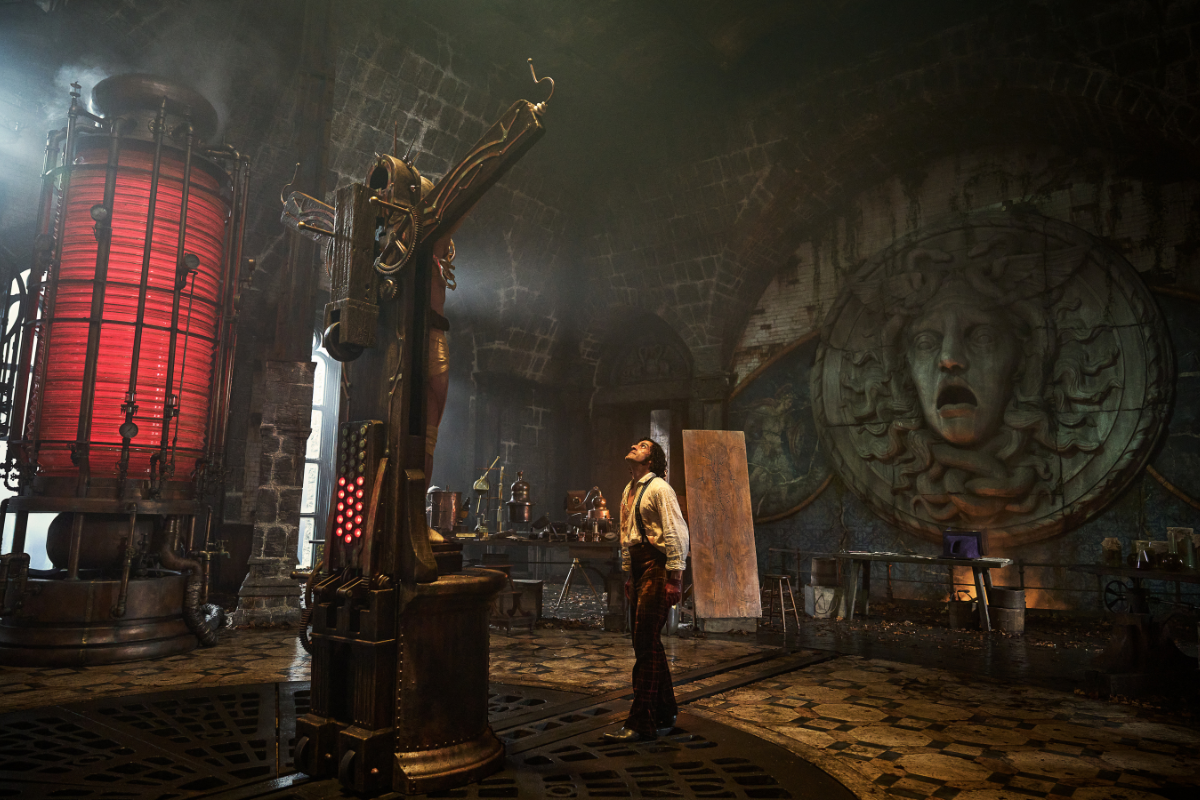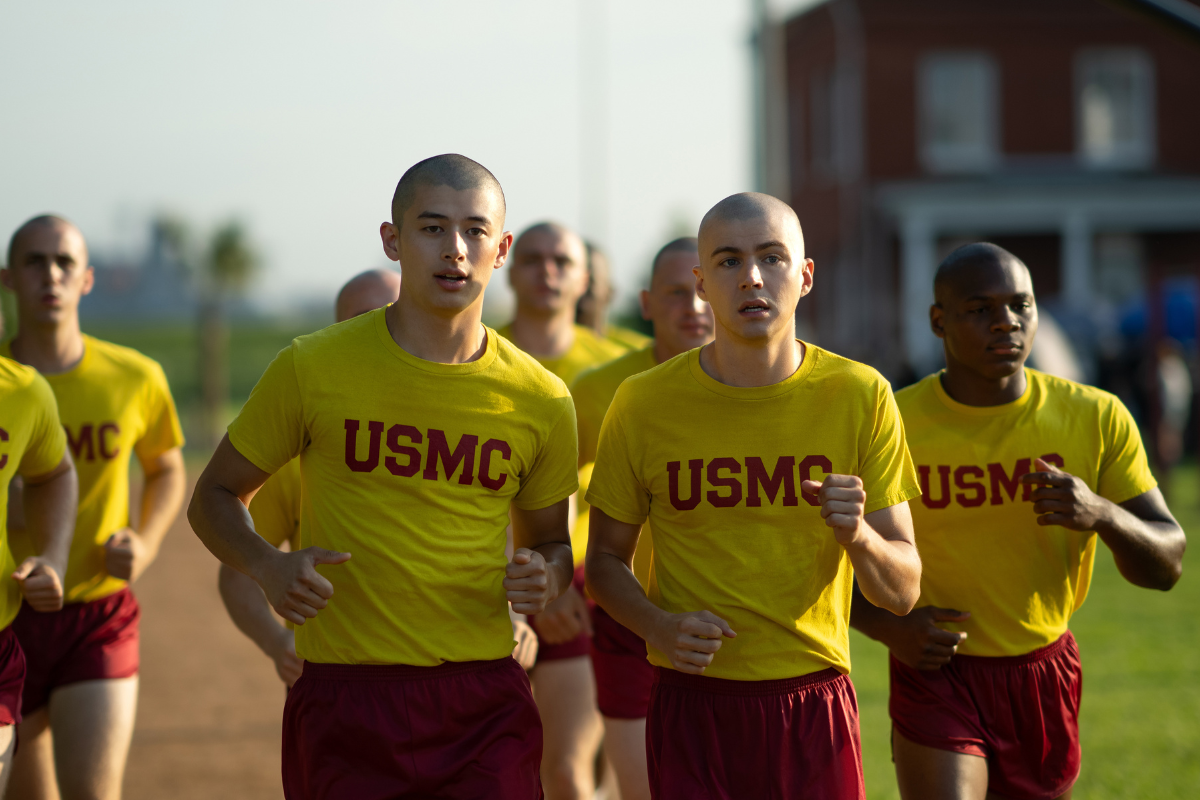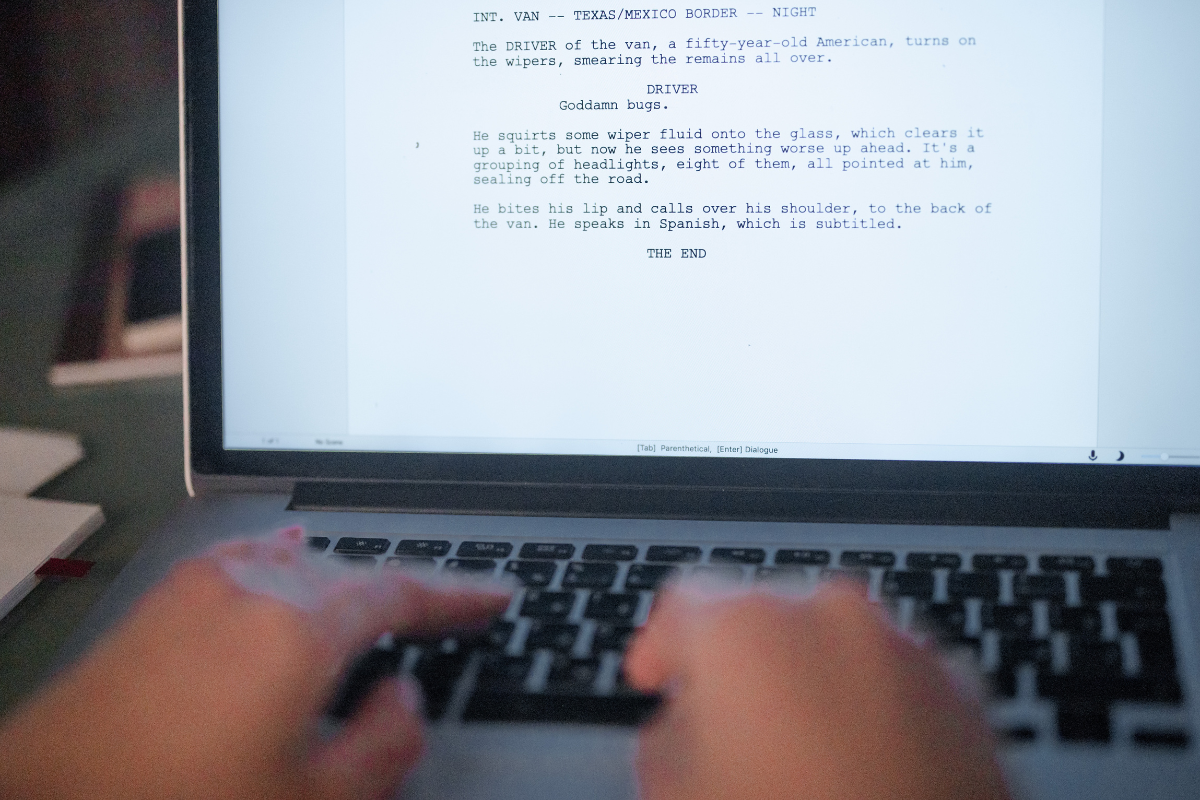Meet the Reader: What Not to Write
The job of the screenwriter is to conceive an interesting and entertaining story, devise a workable dramatic structure for it, and then provide the action and dialogue required to tell that tale. This is a lot for a writer to do, but is it ALL the writer should do?
The job of the screenwriter is to conceive an interesting and entertaining story, devise a workable dramatic structure for it, and then provide the action and dialogue required to tell that tale. This is a lot for a writer to do, but it is also all a writer should do. It is not the job of the screenwriter to cast the film, design it, or direct it. Unfortunately, many aspiring screenwriters don’t realize this, which leads to them include many things in their scripts that are extraneous, irrelevant, or distracting. These elements often take up valuable page space that could be better devoted to developing the characters and the narrative.
When writing a screenplay, you should definitely include: a fresh, clever premise; a compelling theme; a strong plot that includes plausible and entertaining twists and reversals, suspense, and surprise; unique and interesting characters; sharp, expressive dialogue. You should not include the following:
- Camera moves and edits: These are things that will be determined by the director, the cinematographer, and the editor. If you do include them, they will most likely be ignored.
- Detailed descriptions of the sets and costumes: It’s up to the production designer and the costumes designer (working in conjunction with the director) to devise the look of the film. Unless a specific outfit, location, or prop is absolutely vital to the plot, include only general descriptions that evoke a mood that the design staff can build off of (“Pete is a snappy dresser;” “the apartment is old and run-down;” etc.).
- Detailed descriptions of a character's appearance: Many novice screenwriters like to spell out every aspect of a character’s look, including exact height, weight, eye color, hair color, etc. The reality that the producer and director are going to cast the hottest, most bankable actor or actress available to play a part no matter how the writer imagines the character aside, such overly-fussy detailing hamstrings the production – what if there is no actor who is exactly six-feet, two-inches tall and 139 pounds with red hair and blue eyes flecked with just a touch of green available to play the lead role in your script? Do you want them not to make the movie? Opt instead to provide more general descriptions that evoke the impression that you want the character to make (“Dante is confident and self-assured;” “Mary is shy and mousy;” etc.) and leave it at that. However, don’t write down nonsensical things like "He looks like he takes charge at baseball games.” (This is an actual line from an actual script and, no, I don’t know what it means either).
- Line readings: Unless it is absolutely imperative to the narrative, avoid incorporating those little parentheticals describing how dialogue should be delivered:
DOROTHY
(giddy)
This is the happiest moment of my life!Again, it is up to the actor and the director to determine how a line is said and they will do this no matter what the writer says they should do. Besides, actors hate being told how to play their lines and all directions like this annoy them and make them want to do the exact opposite of what you are telling them to do.
- Music: Don’t write down what pieces of music or songs you want to play over specific scenes – again, these are choices dictated by the director in conjunction with the composer and/or music supervisor, all of whom will abide by their tastes and not yours (they will also abide by the budget – music rights are often quite expensive and if they can’t afford one song, they’re going to use another). Most especially, don’t micromanage the music by indicating the exact bars of music or lines of a song that you want to play over specific scenes and/or actions in the script, because now you’re irritating everyone including the picture and music editors and nobody’s going to want to eat lunch with you at all after that.
- Excessive “style” in the writing: Screenplays are blueprints, not literary works, so avoid flowery descriptions of people, places, and scenes. Your descriptions should be well-crafted and evocative, but they should be essentially crisp and functional. For example, if you are setting your story at highbrow college, something like “Excelsior University is a grand old Eastern college in league with Harvard and Yale” is preferable to “Excelsior University is a great Eastern college. In the same league as Harvard and Yale, it has a grand old campus full of ivy-covered buildings in whose ancient, musty halls one can still hear the echoes of the intriguing arguments promulgated by great minds to enlighten young ones.” Stuff like this is nice on the page, but adds nothing to the images on screen and simply takes up page space that could be better used to tell your story.
- Made-up formatting and terms: Basic screenplay formatting and terminology have been around for almost a century and have proven to work quite well. With all due respect, no one is looking for you to reinvent the form. Use proper formatting when writing your script and employ standard terminology such as FADE IN, FADE OUT, etc. Do not invent your own terminology, because no one will know what you are talking about. (I once read a script that used the term EMOTION FLASH throughout. I think what the writer meant was that he wanted his protagonist’s flares of emotion to trigger brief flashbacks to past events in his life, but that is only a guess on my part, since it wasn’t at all clear in the script.) Also, please write your slugs in the proper, short and sweet way (INT. HOUSE – DAY or EXT. BARN – NIGHT) – many writers like to use elaborate slugs as a form of exposition and direction (EXT. FRED’S HOUSE – TWO YEARS AFTER THE FLOOD – ANGLE FAVORING FRED AND HIS FAVORITE COW, BESSIE – JUST AFTER DUSK WHEN THE LIGHT IS ALMOST GONE BUT THERE’S STILL JUST ENOUGH TO ADD A GLINT TO BESSIE’S EYES). Slugs are a tool designed to let the production team easily see how many interior and exterior sets they are going to need, the nature of those sets, and how many day and night shoots they need to schedule. They are not meant to be literature.
Ray Morton is a writer and script consultant. His many books, including A Quick Guide to Screenwriting, are available online and in bookstores. Morton analyzes screenplays for production companies, producers, and individual writers. He can be reached at ray@raymorton.com. Twitter: RayMorton1







